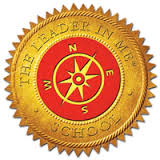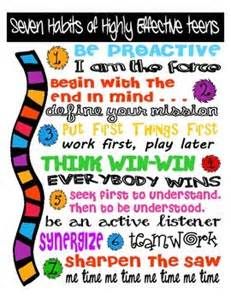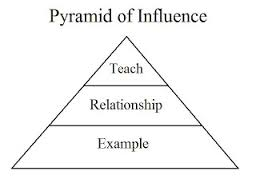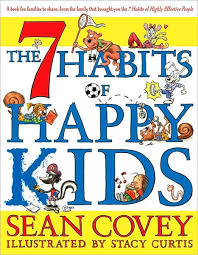Click here to return to Blog Post Intro

The Leader in Me by Stephen R. Covey: How Schools & Parents around the World are Inspiring Greatness, One Child at a Time
In 1999, the A.B. Combs Elementary School in North Carolina was on the verge of being cut as a magnet school and needed to find new ways to educate its students. Teachers and administrators began teaching practical, principle-based leadership skills – with remarkable results. In a short time, the number of students passing end-of-grade tests vaulted from 84% to 97%! Simultaneously, the school began reporting significant increases in students’ self-confidence, dramatic drops in discipline problems, and striking increases in teacher and administrator job satisfaction. Parents, meanwhile, reported equivalent improvements in their children’s attitudes and behavior at home. As news of the school’s success spread, schools around the world began adopting the mantra to “develop leaders, one child at a time.”

A.B. Combs philosophy was “If you treat all students as if they are gifted, and you always look at them through that lens of being gifted in at least some aspect, they will rise to that level of expectation.” This is a similar point to what Goethe makes when he says, “Treat a man as he is and you make him worse than he is. Treat a man as he has the potential to become and you make him better than he is.”
Covey’s favorite definition of leadership is similar: “Communicating people’s worth and potential so clearly they are inspired to see it in themselves.”
Muriel Summers, Principal of A.B. Combs Elementary, points out: “If children learn the 7 Habits at an early age, how different their lives might be and how different our world might be.”

- Be Proactive: I am responsible. I take initiative. I do the right thing.
- Begin with the End in Mind: I plan ahead and set goals.
- Put First Things First: I set priorities, make a schedule, and follow my plan.
- Think Win-Win: I make deposits in others’ Emotional Bank Accounts. When conflicts arise, I look for third alternatives.
- Seek First to Understand, Then Be Understood: I listen to other people’s ideas and feelings. I look people in the eyes when talking.
- Synergize: I value other people’s strengths and learn from them. I get along well with others, even those who are different from me.
- Sharpen the Saw: I take care of my body by eating right, exercising, and getting sleep. I spend time with family and friends. I help others.
To effectively teach these concepts, Covey draws on the Pyramid of Influence:

Example: The Pyramid starts with a solid foundation. Good modeling creates leadership credibility. Only when leaders/teachers have both primary greatness—character and competence—are they in a position to inspire trust in others.
Relationship: The Pyramid builds based on relationship–the quality of what is felt, based on the amount of care, consideration, and empathy that the teacher gives to his or her students. Robert Marzano of What Works in Schools notes, “If a teacher has a good relationship with students, then students accept his or her rules, procedures, and disciplinary actions.”
Teach: The Pinnacle of the Pyramid is Influence. Once students feel understood & accepted, they are open to influence and listening to what a teacher has to say. Teaching is the culmination of what is seen, felt, and heard.
Holly Brown, Board Member at Summit Academy in Draper, Utah, describes the 7 Habits for Schools this way: “This is more than character education. Character is part of it, but these are real life skills of listening, how to express yourself, how to resolve conflicts, how to work in teams, how to value diversity, how to set goals. These are skills they will be able to use the rest of their lives.”
The best way to prepare the next generation for the future is to emphasize the value of communication, cooperation, initiative, and unique, individual talent. Whether in the classroom or at home, it is never too early to start applying leadership skills to everyday life. Drawing on the many techniques and examples that have already seen incredible success around the world, The Leader in Me shows how easy it is to incorporate these skills into daily life. It is a timely answer to many of the challenges facing today’s young people, parents, and educators — one that is perfectly matched to the demands of the twenty-first century.
After reading this book, I picked up a copy of Sean Covey’s (Covey’s Son) book The 7 Habits of Happy Kids. Through a series of stories, he teaches the 7 Habits in a way that kids can understand. I encourage you to do the same for the kids in your life, as you help them shoot for the stars!


